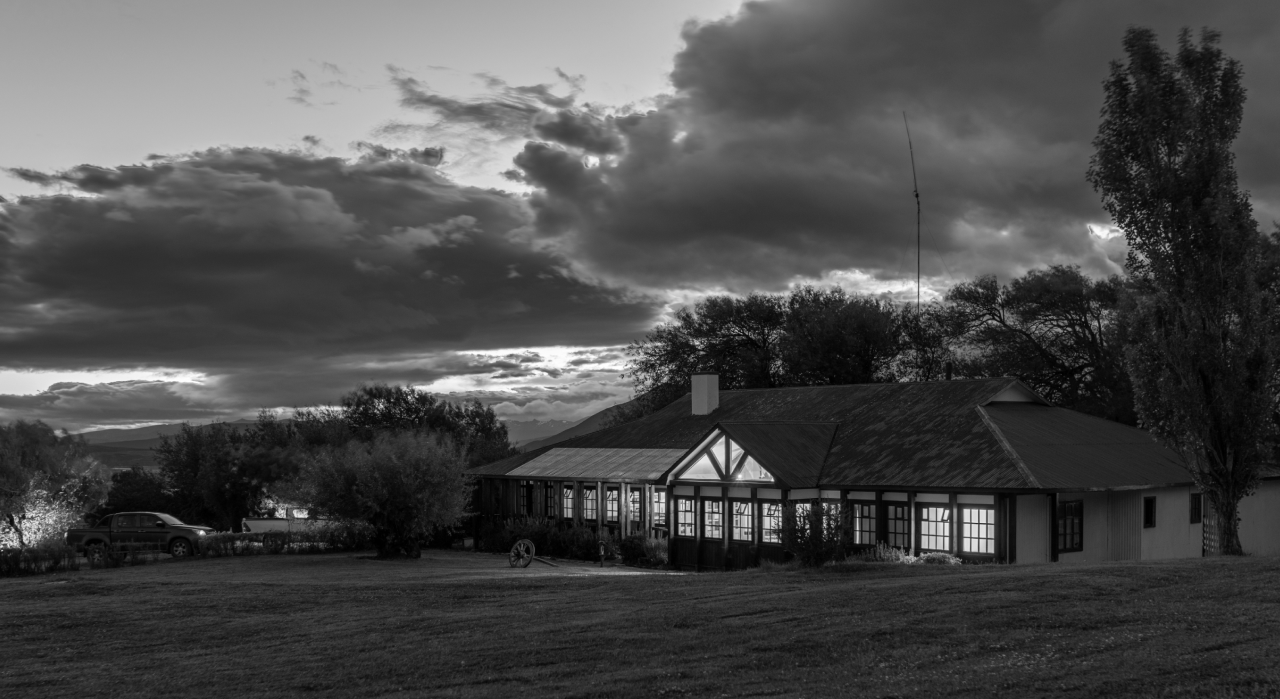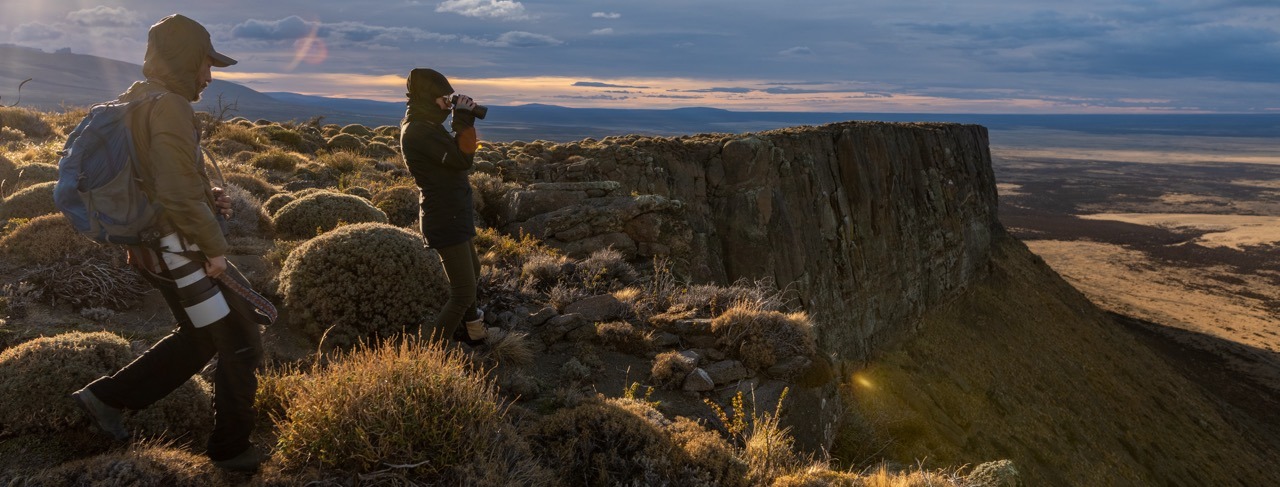
Paleontology
In recent years, Cerro Guido has become one of the most important regions in South America for paleontology with revolutionary findings.
Over the last 10 years, a series of expeditions have been made to Cerro Guido, in the middle of the Las Chinas River Valley, located some 106 kilometers from the city of Puerto Natales.
During these expeditions, studies have been carried out to discover the fossil record; understand paleoenvironmental and climatic evolution; and evaluate possible connections with Antarctica.
From 2012 onwards, the expeditions have been carried out during the month of February and have a duration of 15 days where they mainly cover 4 sites called: El Puesto, Sauropodo, Casa de Nano and Cerro Guido. The first three are located in the Las Chinas River Valley, while the fourth is on the hill of the same name.
Each expedition is integrated by a multidisciplinary team of researchers specialized in diverse areas of paleobotany, paleontology, geology, taphonomy and geography.
These researchers belong to various institutions, both national and international, including the Chilean Antarctic Institute, together with the Universities of Chile, Concepción, Heidelberg and Karlsruhe (Germany), Vale do Rio dos Sinos (Brazil), La Plata (Argentina), Chuo (Japan) and Texas at Austin (USA).
Cerro Guido has been the focus of research for over a decade. These investigations have yielded impressive discoveries of both fossil flora and fauna.

Expeditions
Dr. Marcelo Leppe led the first expeditions to Cerro Guido. During 2012, while working as a Paleontologist at the Chilean Antarctic Institute, his goal was to find the renowned Cerro Guido Fossil Flora.
Although this flora has been recognized worldwide since the 19th century, after the investigations of Rudolph Hauthal and Frederick Kurtz in 1899, it still contains elements that are not yet fully known or described.
However, the expeditions in Cerro Guido, besides from contributing to the discovery of those who first wandered in the area, which is a great advance for science in Chile, help to improve the techniques with which these investigations are carried out.
“I have seen how the experience and technical capacity of our researchers to extract the fossils in a way that takes more advantage of all kinds of scientific information, the new care we are taking with microfossils, a higher level of attention and, in general, the speed and efficiency with which we are extracting the dinosaur bones,” says Dr. Alexander Vargas, director of the Paleontological Network of the University of Chile.
Dr. Leppe has the same opinion and believes that the technical preparation of a specialized team can make a good contribution to future research in the area.
“At the national level, there is a significant lack of paleontologists and technicians. During the last ten years we have trained professionals who have a much more multidisciplinary vision. This site will provide unique material to be exhibited together with paleo-reconstructions, which will also be more reliable thanks to the data provided by this research,” says Leppe.

Discoveries
In 2013, Dr. Marcelo Leppe conducted a new expedition in the Las Chinas River Valley. It was the first one to be carried out in that place, approximately 15 kilometers north of Casa Las Chinas, very close to the border with Argentina.
There is a small wooden house there, which was called “Puesto”. This house is used as a shelter for the “baqueanos” working in the area. Due to this construction, the place was baptized as “El Puesto” and from that moment on, it was one of the places visited in different future expeditions.
The purpose of the expedition, which lasted 20 days, was to find levels of flora correlatable to the Flora Kurtziana levels of Cerro Guido. This excursion was a great success due to the incredible findings that were made.
Among these were found invertebrates fossils, flora and probably the most important “a boneded of dinosaur bones”. This was the first record of hadrosaurs in Chile, something completely unprecedented.
Thus, in the following years, in each expedition several fossils were found that make us believe that there are still more pieces to be found. Among the fossil discoveries are marine invertebrates, vertebrate remains, fossil plants (leaves, trunks and flowers) dating back millions of years.
Some of these findings were published in important international scientific journals, such as freshwater turtles and the mammals Magallodon baikashkenke and Orretherium tzen. In addition to sauropods and ornithischian dinosaurs.
In recent years, Cerro Guido has become one of the most important points of research and excursion in South America, being the focus of attention of renowned archaeologists and paleontologists from around the world who are waiting expectantly for their next excursion to find what is still undiscovered and that can give us many more clues as to who were the first people to inhabit the area.




